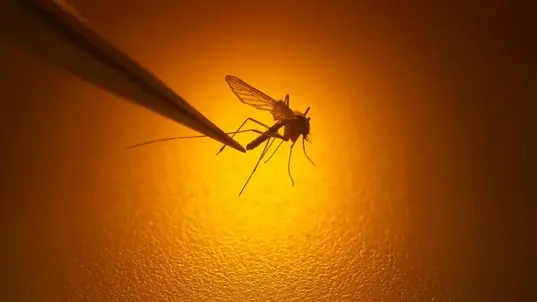T4K3.news
West Nile virus activity rises in California counties
Three dead birds and 13 positive mosquito samples were reported on Aug 13 in Sacramento and Yolo counties, the highest daily total this year.
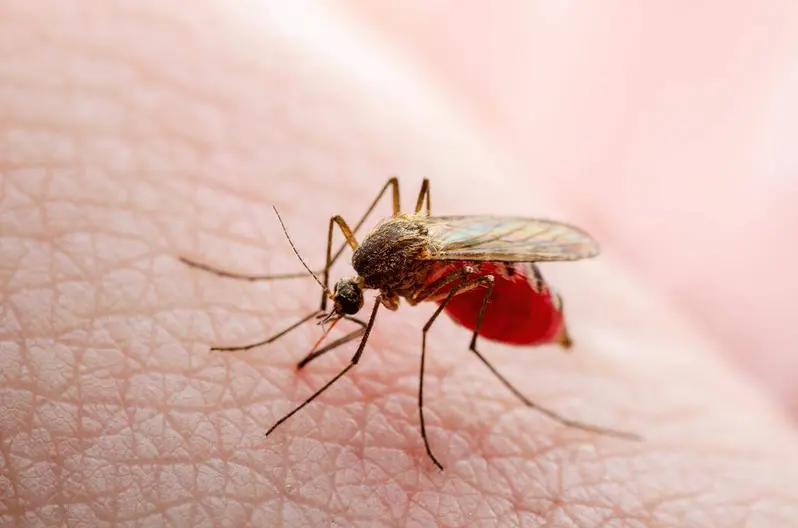
Public health officials report a spike in West Nile virus activity across Sacramento and neighboring counties, prompting renewed prevention efforts.
Highest number of West Nile cases in a day reported in these california counties
West Nile virus activity is rising in Northern California. On Aug 13, the Sacramento-Yolo Mosquito and Vector Control District reported three dead birds and 13 positive mosquito samples, the highest daily total so far this year. Most activity centered in Davis and other rural parts of Yolo County, though positives appeared in multiple areas. Officials linked the spike to very warm days that sped up the mosquito life cycle and boosted populations, raising the risk to residents.
Across the region, 29 Sacramento County mosquito samples and 17 dead birds have tested positive, while 16 Yolo County samples were positive as of Aug 13. The virus first appeared in the capital region in June near Gibson Ranch in Elverta. District managers urged residents to take protective steps and noted that mosquito control work is a shared effort, with surveillance and treatments underway to curb transmission. Past years have shown how quickly conditions can change in summer, with 2023 bringing significant illness and deaths in the four-county area.
Key Takeaways
"Mosquito and West Nile virus season is definitely underway"
Official notes ongoing activity for residents
"We urge residents to take protective measures, including wearing an EPA registered repellent"
Public guidance on prevention
"Our team is actively conducting surveillance and treatments to help reduce the risk"
District updates on response
"Protecting yourself is key, always apply an effective mosquito repellent outdoors"
Personal protection advice
Rising West Nile activity reflects a broader pattern seen in recent summers: heat and standing water boost mosquito breeding. The data in this story point to a local trend that could persist if warm weather continues. Public health officials face a logistical challenge as they balance surveillance, fogging, and community outreach with limited resources. The emphasis on personal protection shows how individual actions complement district work.
The piece also highlights the fragile line between public health messaging and practical risk. Sustained funding for vector control and ongoing community involvement will be crucial in the weeks ahead. While the immediate concern is the current spike, the longer horizon depends on weather, habitat management, and timely reporting of new cases.
Highlights
- Mosquito and West Nile virus season is definitely underway
- We urge residents to take protective measures including wearing an EPA registered repellent
- Our team is actively conducting surveillance and treatments to help reduce the risk
- Protecting yourself is key, always apply an effective mosquito repellent outdoors
The weeks ahead will test how well communities keep mosquito populations in check.
Enjoyed this? Let your friends know!
Related News

Maine reports first human case of Powassan virus this year
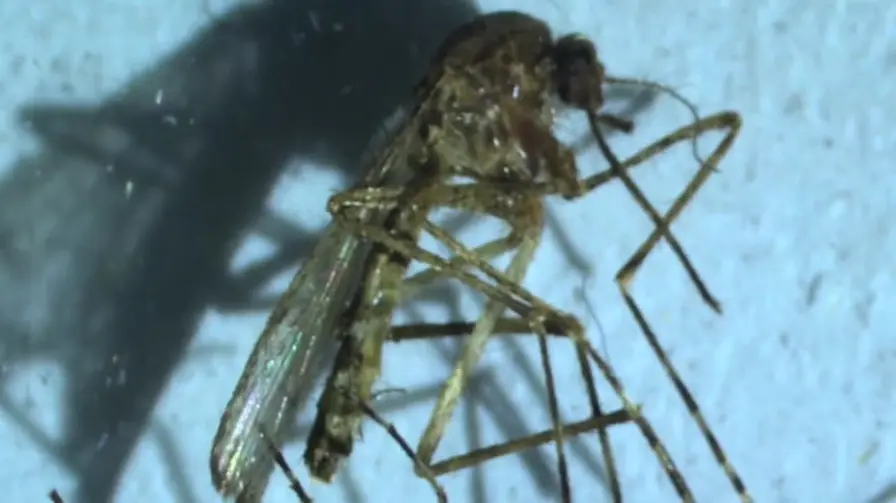
West Nile Virus cases rising sharply in Minnesota
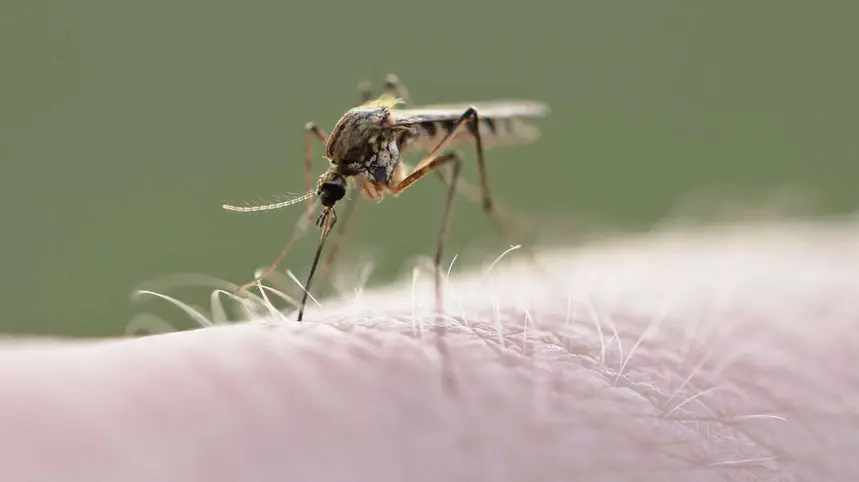
Three West Nile virus cases confirmed in Utah counties

West Nile Virus activity rises in Philadelphia region
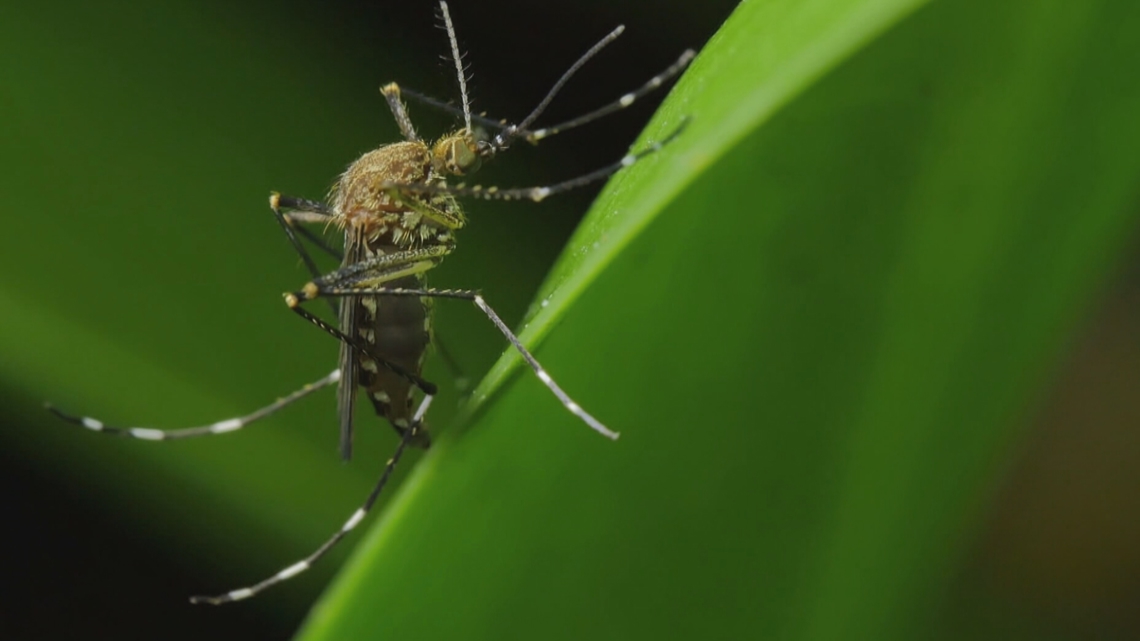
West Nile virus cases rise in Twin Cities
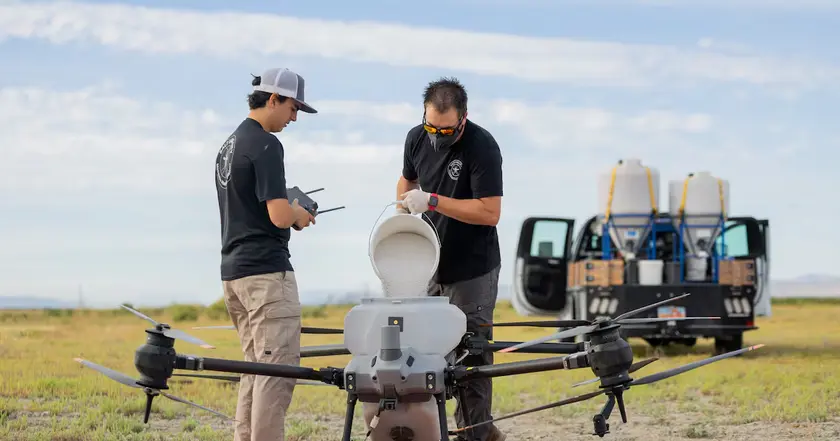
Drones deployed to curb West Nile virus in Utah
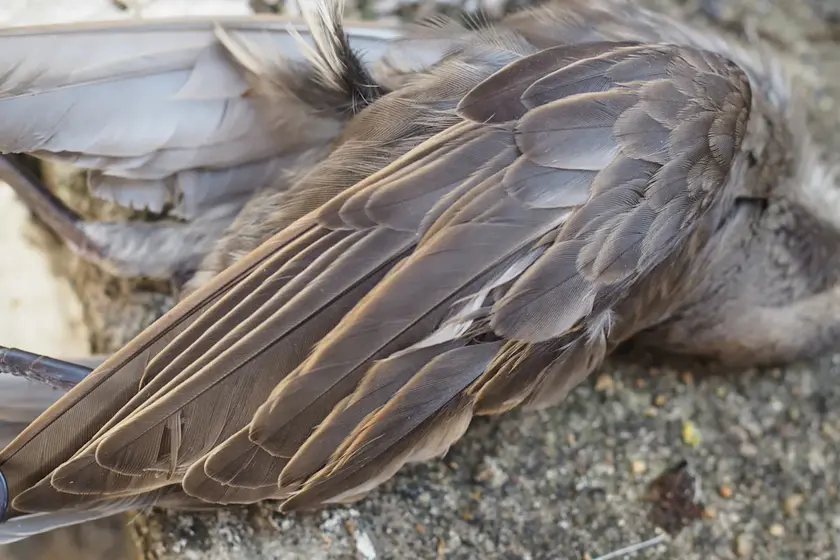
Three dead birds test positive for West Nile virus

First U.S. death from West Nile Virus reported in Arizona
